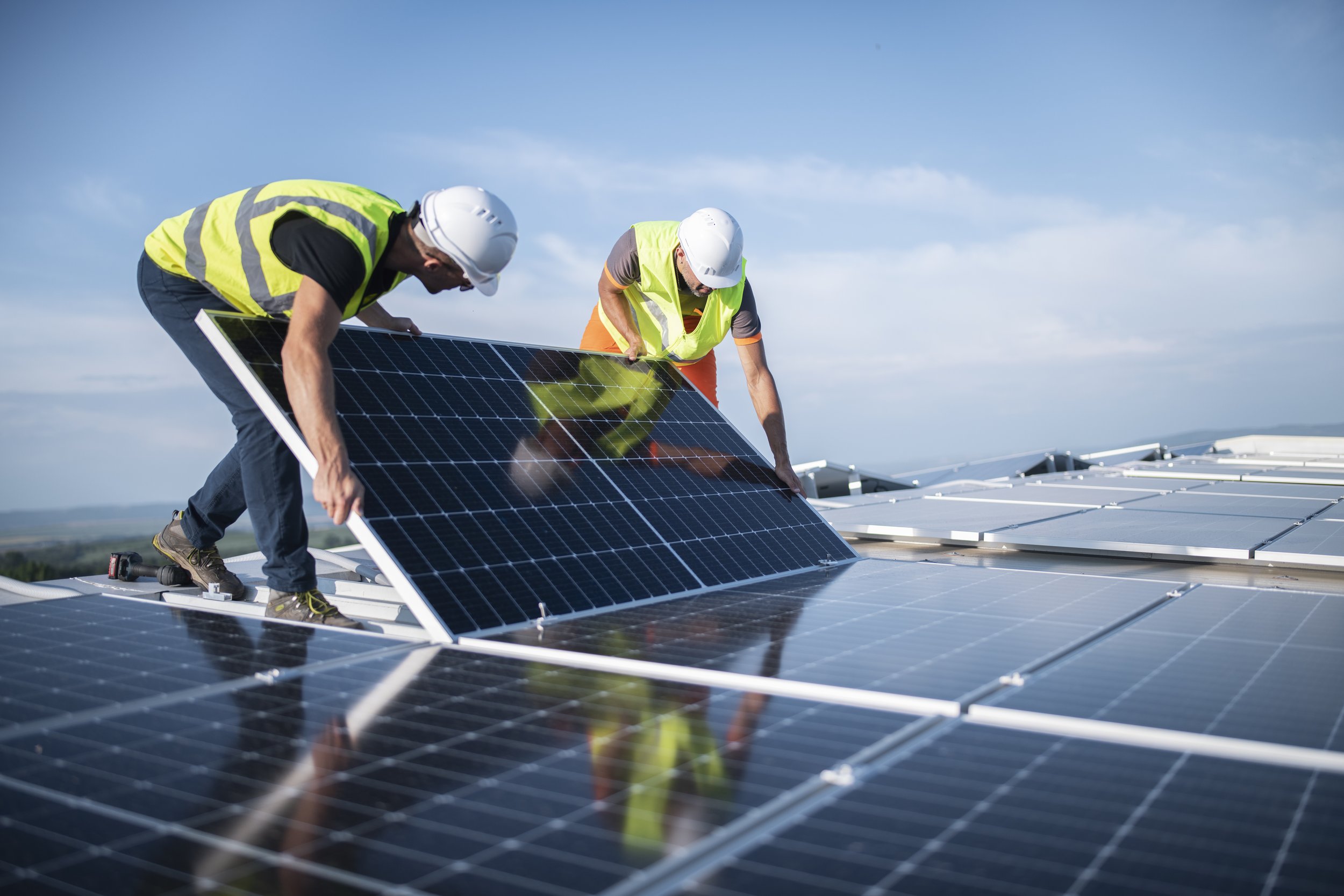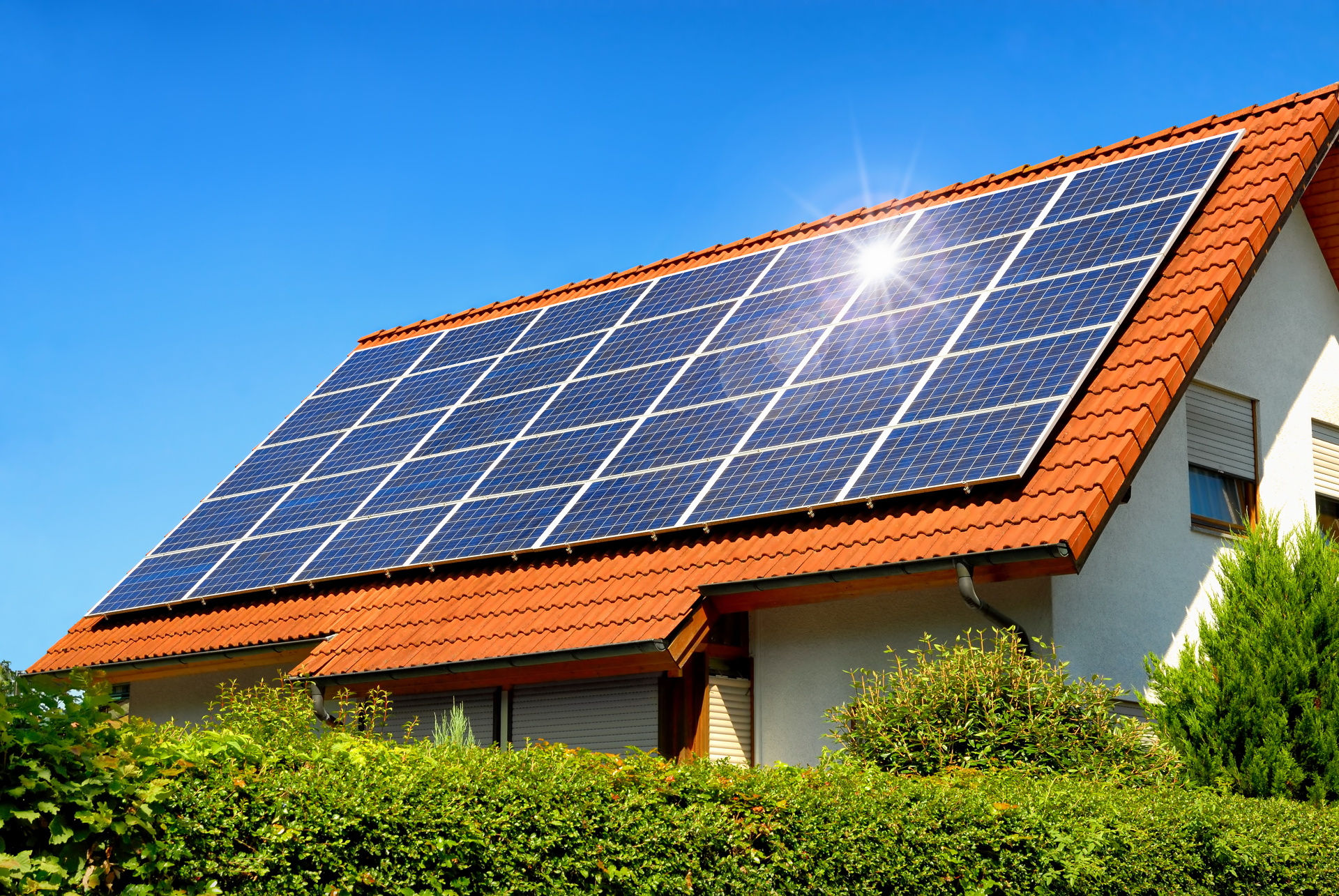Solar Power Home Installation: Pricing Evaluation of Installing Solar Panels on Your Premises
Solar Energy For Home: Top-Quality Solar Modules Provide Effective And Trustworthy Renewable Energy Solutions
Types of Solar Panels: Decoding the Options for the Best Solar Panels
When it comes to selecting the best solar panels, comprehending the types readily available can feel like deciphering a riddle covered in sunlight. The market uses a handful of unique ranges, each with its own quirks and qualities. Have you ever questioned why some panels look sleek and consistent while others seem irregular or speckled? The response depends on their core innovation and design.
1. Monocrystalline Solar Panels
Photo a single, flawless crystal of silicon-- pure, efficient, and classy. Monocrystalline panels are made from this single crystal. They are often dark black, nearly like a midnight sky, and they boast the highest performance rates. These panels flourish in tight spaces, squeezing out optimal power with very little footprint. If you have actually ever experienced the disappointment of minimal roofing system space, then you know why these panels seem like a godsend.
- Performance: Generally 15-22%
- Life expectancy: 25+ years
- Look: Uniform black color
- Expense: Higher upfront financial investment
2. Polycrystalline Solar Panels
Envision a mosaic artist's canvas-- a patchwork of silicon crystals fused together. Polycrystalline panels have a bluish color and a speckled look, reflecting their multi-crystal composition. While they usually use a little less efficiency than monocrystalline, they typically come at a friendlier cost point. Think about them as the reliable workhorses of photovoltaic panels-- stable and practical.
- Efficiency: Around 13-16%
- Life-span: About 25 years
- Look: Blue, speckled texture
- Expense: More budget-friendly upfront
3. Thin-Film Solar Panels
Have you ever seen those ultra-thin, flexible solar sheets that nearly seem like plastic? Thin-film photovoltaic panels are a different animal completely. They are lightweight and can be applied to surface areas where conventional panels would be impractical. Their performance tends to drag crystalline types, but their versatility is unmatched. Envision covering your knapsack or car roof in solar batteries-- this is where thin-film shines.
- Performance: Typically 10-12%
- Life-span: 10-20 years
- Look: Uniform, frequently dark or clear
- Expense: Lower preliminary expense, but potentially higher long-lasting
Which Type Fits You?
Selecting the best photovoltaic panels isn't practically numbers; it has to do with way of life, roofing system space, and your vision for energy independence. Are you chasing peak effectiveness in a compact location? Monocrystalline may be your champ. Need an economical option that doesn't stint reliability? Polycrystalline could be the answer. Or are you all set to explore ingenious applications with thin-film?
| Type | Performance | Lifespan | Cost | Suitable Usage |
|---|---|---|---|---|
| Monocrystalline | 15-22% | 25+ years | High | Minimal space, high efficiency |
| Polycrystalline | 13-16% | ~ 25 years | Moderate | Budget-conscious, bigger roof locations |
| Thin-Film | 10-12% | 10-20 years | Low | Flexible surfaces, unconventional installations |
Ultimately, the pursuit of the finest solar panels is a journey, not a sprint. Show on your requirements, space, and financial goals. Local Solar Panel Installers When sunshine satisfies clever choice, your panels can become more than simply devices-- they end up being a storyteller of your commitment to sustainable energy.
Performance Rankings: The Heart Beat of Solar Panel Efficiency
Envision a photovoltaic panel as a thirsty tourist in the desert, relentlessly chasing after the sun's energy. The efficiency rating is the step of how well it satiates its thirst-- how much sunshine it converts into usable electrical energy. Here, every decimal point counts. A panel with a 22% efficiency ranking transforms 22% of the sunlight it absorbs into power, while the rest dissipates as heat or light. But why does this matter a lot?
Performance scores are not just numbers on a spec sheet; they dictate the actual output of your solar financial investment. Consider a rooftop with restricted area. Deciding for panels with greater efficiency indicates squeezing more power into those square feet, a vital aspect for city setups where every inch matters.
Decoding Real-World Efficiency
Efficiency isn't fixed. It varies with temperature, angle of sunlight, and shading. Solar panels normally lose efficiency as they warm up-- frequently about 0.3% to 0.5% per degree Celsius above 25 ° C. This implies a sunny summertime afternoon can paradoxically decrease your panel's yield.
Ever noticed how a shadow from a tree branch can maim a whole solar selection? That's due to string configuration and bypass diodes working behind the scenes. A single shaded cell can drag down the output of the whole string, a subtlety typically overlooked by amateurs. This is why microinverters or power optimizers are game-changers-- they permit each panel to operate individually, mitigating shading effects.
Specialist Tips to Optimize Panel Effectiveness
- Optimum Tilt and Orientation: Panels angled to catch the sun's peak rays optimize everyday yield. Even a couple of degrees off can lower output visibly.
- Temperature level Management: Setting up panels with sufficient air flow beneath assists dissipate heat, protecting efficiency throughout hot spells.
- Routine Tracking: Using efficiency tracking systems can highlight dips in effectiveness brought on by dirt, micro-shading, or electrical concerns before they grow out of control.
Efficiency Metrics Beyond Effectiveness

| Metric | What It Informs You | Why It Matters |
|---|---|---|
| Temperature Coefficient | Procedures efficiency loss per ° C boost | Shows panel strength in hot environments |
| Deterioration Rate | Annual loss in power output in time | Anticipates long-lasting energy production and ROI |
| Small Operating Cell Temperature (NOCT) | Expected temperature level of the panel under basic conditions | Assists quote real-world efficiency |
Picking the very best solar panels suggests understanding that efficiency rankings tell only part of the story. Real-world conditions, setup quality, and part synergy all dictate real efficiency. Are you prepared to look beyond surface area numbers and dive into the nuances that will truly power your home or service?
Setup Considerations
What lies below the surface area typically determines the fate of your photovoltaic panel installation. The roof structure bears a quiet however enormous obligation. Residences with aging or weak roofs may discover themselves wrestling with the weight of solar varieties. Have you ever seen a roofing system sag slightly under heavy snow and questioned, "Could photovoltaic panels include to that?" That concern matters. Guaranteeing your roof can support the panels without jeopardizing integrity is vital.
Another puzzle piece: orientation and tilt. Solar panels prosper when kissed by sunlight, however the angle at which they bask can transform energy output from modest to spectacular. South-facing roofing systems typically win the sunlight lottery game in the northern hemisphere, but what about that eccentric east-facing roof? Often, a creative racking system can coax more power from less-than-ideal angles. Angle changes between 30 to 45 degrees typically take full advantage of absorption, yet regional climate subtleties can determine slight tweaks.
Site Assessment Tips
- Shade analysis: Trees, chimneys, and even close-by buildings can cast shadows that stealthily sap your system's performance.
- Roof surface area: Compute functional space carefully-- blockages reduce the variety of panels you can install.
- Panel spacing: Guarantee enough gap in between panels to avoid getting too hot, which reduces performance.
Wiring logistics often slip under the radar but can make or break the setup's success. Long cable television runs not just inflate costs but introduce power losses. Use thicker gauge electrical wiring for longer distances to minimize voltage drop-- this is a subtle professional technique that can save substantial energy over time.
Mounting Approaches and Their Nuances
| Mounting Type | Best Use Case | Pros | Cons |
|---|---|---|---|
| Flush Mount | Residential roofs with strong structure | Low profile, affordable | Limited air flow, possible heat accumulation |
| Ballasted Mount | Flat roofing systems without any penetrations enabled | No roof penetration, fast install | Much heavier system, might require structural support |
| Pole Mount | Ground installations | Adjustable tilt, simpler maintenance | Consumes ground space, potentially higher wind load |
Ever pondered how severe weather condition might test your solar setup? Wind uplift forces can pry poorly installed panels away like a gust peeling wallpaper. Using properly ranked installing hardware adjusted to your area's wind speed is not just an idea-- it's a mandate for longevity. And what about snow load? Panels that shed snow quickly avoid the silent drain on everyday output.

Ecological Effect and Benefits of Best Solar Panels
Think of a world where roofs hum with the silent work of solar power, turning sunlight into power without a whisper of pollution. The very best solar panels don't simply slash your electrical energy bills-- they wield an extensive influence on the environment. Yet, it's easy to ignore the subtle intricacies that identify simply how green your solar setup truly is.
Not all photovoltaic panels are developed equivalent when it concerns the carbon footprint ingrained in their production. Production involves mining rare minerals and energy-intensive processes. But here's the kicker: the most effective panels balance that in advance environmental cost by producing tidy energy for decades, typically offsetting their preliminary carbon emissions within 1-3 years. This repayment duration is crucial-- ask yourself, the length of time will your panel last, and how much energy will it save?
Hidden Environmental Advantages
-
Reduction in Greenhouse Gases: Photovoltaic panel transform sunshine into electrical energy without launching CO.
2,.
curbing the ravaging greenhouse result.
- Water Conservation: Unlike nonrenewable fuel source plants that guzzle water for cooling, photovoltaic panels avoid this drain, maintaining valuable water resources.
- Land Usage Effectiveness: Setting up photovoltaic panels on roofs or deteriorated lands lessens disturbance to communities and wildlife environments.
One appealing fact typically missed: the waste management of photovoltaic panels at the end of their life process. Specialists recommend planning for recycling pathways early on to avert environmental concerns from disposed of panels. The materials-- silicon, aluminum, glass-- are all recyclable, but the facilities is still capturing up in many regions.
Tips for Making The Most Of Ecological Benefits
- Choose panels with a high energy conversion rate to guarantee quicker ecological payback.
- Choose solar cells made from less hazardous materials, preventing panels with heavy metals like cadmium where possible.
- Coordinate installation with optimum panel alignment and tilt to harness maximal sunshine, making every photon count.
- Think about integrating energy storage systems to ravel solar intermittency, boosting general system sustainability.
Ever wonder why some solar selections gleam brighter than others? It's not practically appearance. Dirt, shading, and even micro-cracks can undercut efficiency considerably. From an eco-friendly lens, efficiency means less panels required, which equates to less material usage and lower embodied energy.
Solar power is a quiet transformation, but its complete environmental prospective unfolds just when you believe beyond just the initial savings. It has to do with the ripple impact of every watt produced, every toxin avoided, and every drop of water saved. What if your next solar decision could be a vote for a cleaner planet?